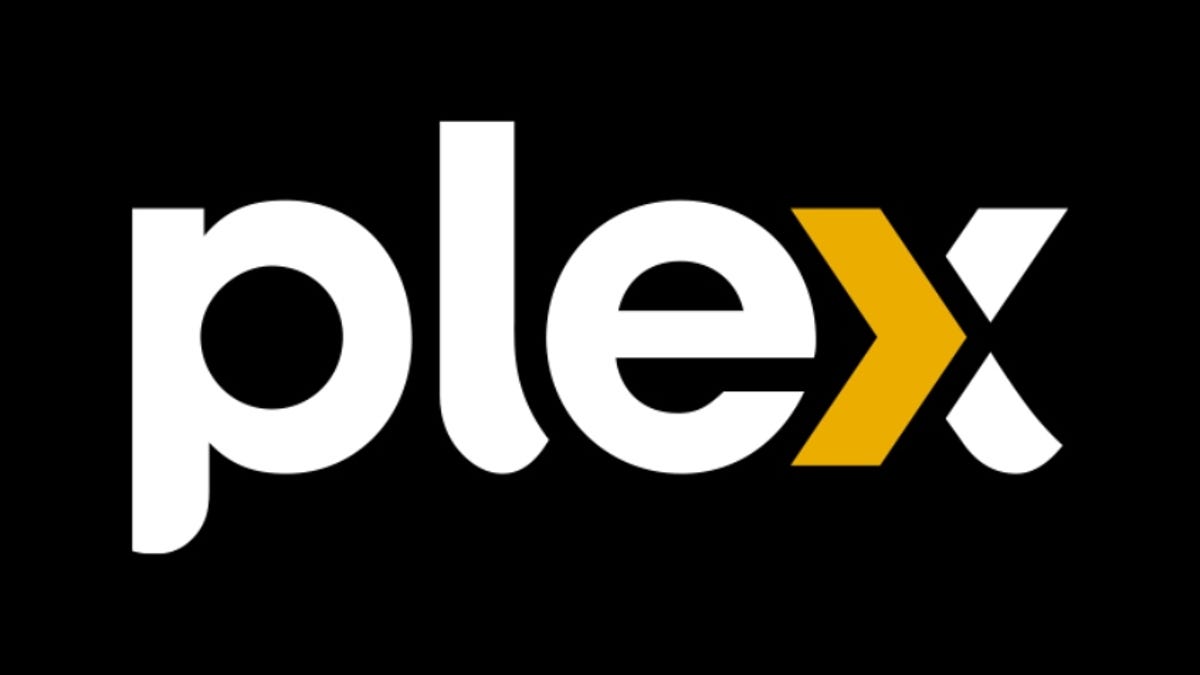The Watch Scene
South America as a whole continues to be one of the Swiss watch industry’s smaller markets, besting only Oceania and Eastern Europe in annual exports, according to statistics from the Federation of the Swiss Watch Industry. In 2024, the continent accounted for a little more than 500,000 units, a 7.4 percent decline over 2023 totals.
But in Brazil there is a small, yet growing local watch scene dominated by mass market brands such Technos, which has multifunctional timepieces and smartwatches that sell for as much as 1,710 reais, and Seculus, which experiments with ceramic and carbon-fiber models, one of which sells for 1,279 reais.
Terranova, which debuted last year in Belo Horizonte, a city in southeastern Brazil, has focused on the country’s allure. Its first collection, named after Rio de Janeiro’s Copacabana beach, included a 39-millimeter steel watch, powered by a Seiko automatic movement and with machine-painted green waves on its yellow dial, at 2,899 reais.
Douglas Emerich, 36, the brand’s founder, noted in an email that he had spotted a growing market for homegrown watch brands “driven by increasing content creation in social media by local influencers.”
Brands such as Mido and Tissot have been entering the market, he wrote, along with “new microbrands surfing the wave of the microbrands boom in U.S. and E.U.” As a result, he said, he plans to introduce a second collection next year.
Statera has plans, too, and has been working with a watchmaker on a new movement to power its third collection, scheduled for release in August (Mr. Guimarães declined to identify the person). Next year, the men said, they hope to open a new workshop outside of the city center to bring their case-making operation and a private salesroom under brand control.
But that is not the extent of their ambitions. They would really like to make Maringá like Glashütte in Germany — “a small city with a lot of watch brands,” Mr. Guimarães said.











